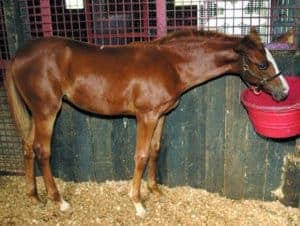
Equine Gastric Ulcers
Is your horse cinchy or unthrifty? Learn about EGUS, which affects an estimated 50-90% of horses.

Is your horse cinchy or unthrifty? Learn about EGUS, which affects an estimated 50-90% of horses.

What do we actually know? Dr. Hoyt Cheramie covers anatomy, epidemiology, pathophysiology, and management of horses with glandular gastric ulcers.

In this two-part presentation from the University of Kentucky, learn about “Research Into Managing Horses and Cattle on Fescue Pastures” from Dr. Jamie Mathews and “Grazing Mares on Novel Endophyte Fescue” from Dr. Karen McDowell.
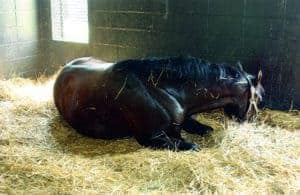
Carolyn Arnold, DVM, Dipl. ACVS, of Texas A&M University offers a better understanding of the gut microbiome’s role in colic and colitis.
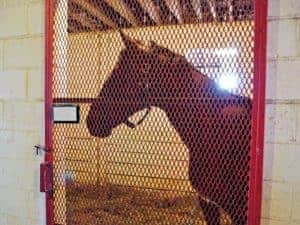
Steve Reed, DVM, Dipl. ACVIM, of Rood & Riddle Veterinary Hospital, in Lexington, Kentucky, offers his insight about equine herpesvirus-1, including diagnosis, treatment, and prevention.
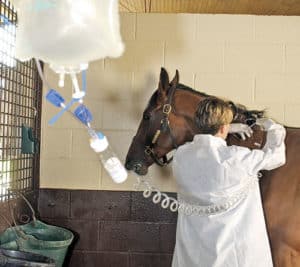
Horse are especially sensitive to endotoxemia. To address the issue, Dr. Stacy Anderson of Lincoln Memorial University, in Harrogate, Tennessee, presents her research on neutrophil apoptosis (the death of cells that occurs as a normal and controlled part of an organism’s growth or development) in horses.

Learn about equine oviduct anatomy and function and the role oviduct pathology on fertility from of Maria R. Schnobrich, VMD, Dipl. ACT, of Rood & Riddle Equine Hospital’s LeBlanc Reproduction Center.
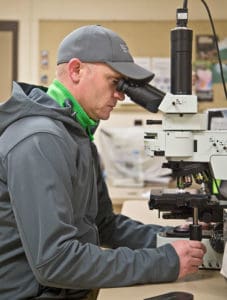
Where do we go from here? Find out from Charlie Scoggins, DVM, MS, Dipl. ACT, who’s a fertility clinician at Rood & Riddle Equine Hospital in Lexington, Kentucky.

Drs. Peter Morresey and James McLeod share regenerative medicine insights from clinical and research perspectives.

Dr. Jack Easley takes practitioners step-by-step through evaluating and treating senior horse’s teeth.

Eye specialist Dr. David Wilkie covers ERU (aka moon blindness) clinical signs, causes, exams, treatment, and more.

Surgeon Dr. Brett Woodie covers ways vets can identify the causes of upper-respiratory issues in athletic horses.

Dr. John Hubbell shares how vets can recognize and help horses experiencing pain by focusing on creating comfort.

Dr. Jim Schumacher shares strategies for assessing and treating equine head injuries.
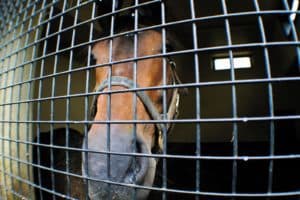
Dr. Josie Traub-Dargatz shares lessons learned from equine disease outbreaks and tactics for avoiding infection spread.
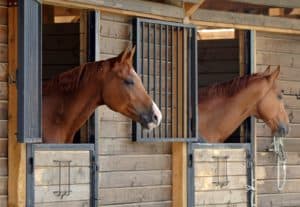
Poor air quality in stalls is a leading cause of equine asthma. Discover ways to improve air circulation when designing horse barns from Morgan Hayes, PE, a livestock systems engineer at University of Kentucky.
Stay on top of the most recent Horse Health news with
© 2022 Copyright Statement dolor sit amet, consetetur sadipscing User Terms, sed diam nonumy eirmod tempor invidunt ut labore et dolore magna aliquyam erat, sed diam voluptua. At vero eos et accusam et justo duo dolores et ea rebum. Stet clita kasd gubergren, no sea takimata sanctus est Lorem ipsum dolor sit amet.
"*" indicates required fields